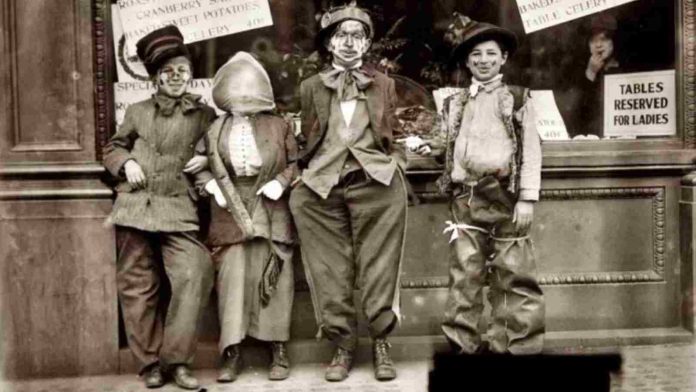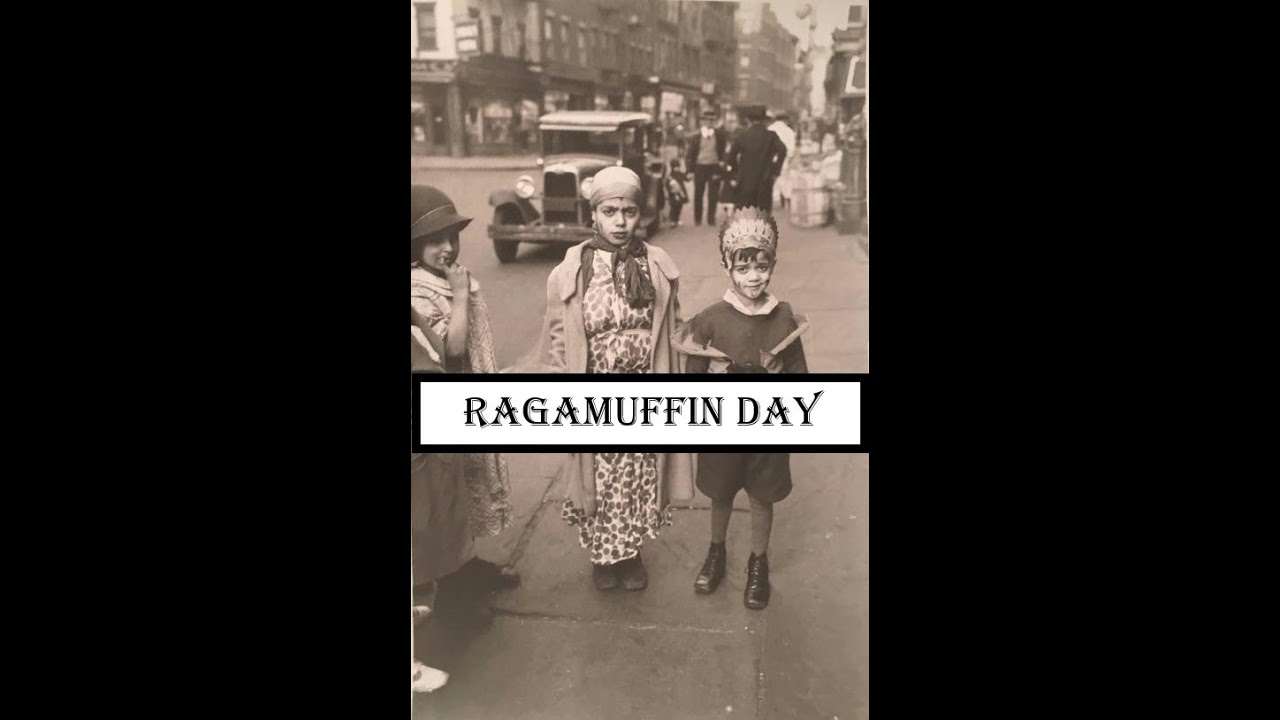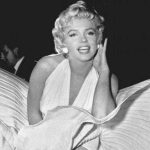Thanksgiving used to look a lot more like Halloween. The practice of dressing up in costumes and asking for candy didn’t become common in the U.S. until the 1940s and 1950s. Before then, people trick-or-treated, or, well, did something that resembled trick-or-treating- on the national day of gratitude.
People back then used to call it “Thanksgiving Masking.” Apparently, in the mid-19th century, the masking started. An outgrowth of “mumming,” a centuries-old tradition in which costumed men went from door to door asking for food and/or money. However, it was also called “Ragamuffin day”. But why?
Read More: Top 5 Family-Friendly Netflix Comedy Specials To Watch On Thanksgiving
Why Thanksgiving Was Called Ragamuffin Day?
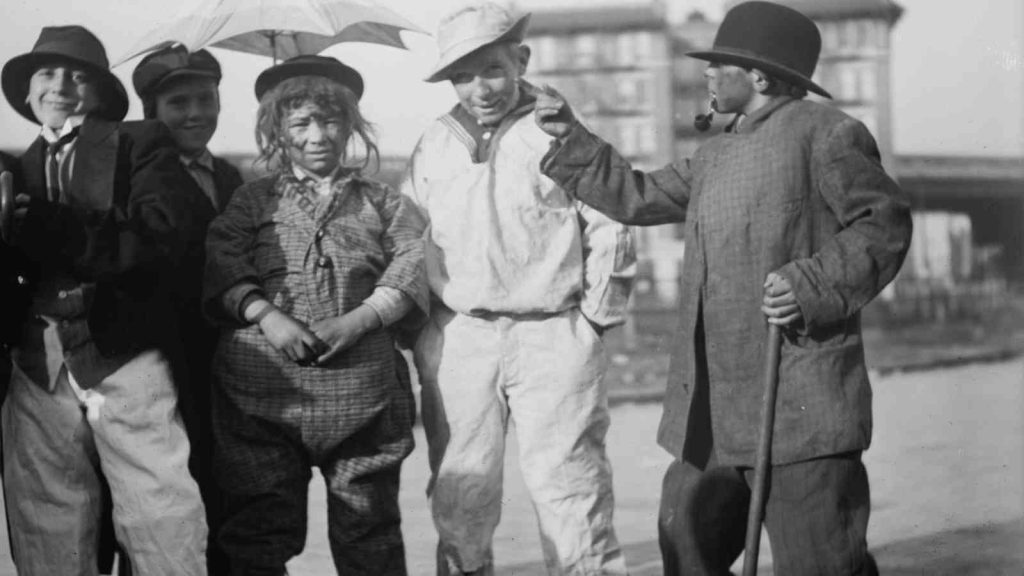
By the end of 19th century, the Thanksgiving process had evolved to look downright Halloween-y. People would don masks and parade around town. There were even masks of prominent men and the foremost political leaders on circuit. “There were Fausts, Filipinos, Mephistos, Boers, Uncle Sams, John Bulls, Harlequins, bandits, sailors, soldiers in khaki suits,” The New York Times reported in 1899.
Some people wore masks that made fun of people of other nations “with greatly exaggerated facial peculiarities.” One of the most popular costumes for children were “the beggar”. Kids dressed up in old clothes or rags, playing the part of “ragamuffins”—a practice that became so widespread that Thanksgiving came to be nicknamed “Ragamuffin Day.” Parades of faux-poor children dated back at least to 1891, the New York Public Library historian Carmen Nigro told Weeks.
Read More: Top 10 Thanksgiving Movies Of All Time
Is This Practice Of Dressing Up Still Ongoing?
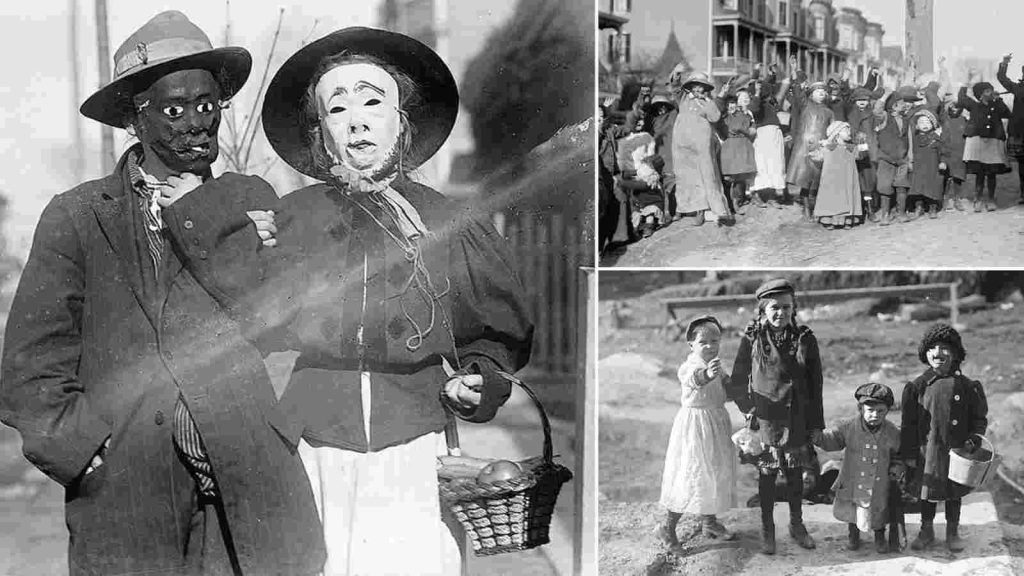
The “Ragamuffins” practice was not popular with everyone. By the 1920s, the public at large was growing weary of the parades—and with the rowdiness and pranks that often came with them. William J. O’Shea, Superintendent of schools at the time, sent a circular to New York’s superintendents and principals arguing that “modernity is incompatible with the custom of children to masquerade and annoy adults on Thanksgiving day.”
Shea also stated, “many citizens complain that on Thanksgiving Day they are annoyed by children dressed as ragamuffins, who beg for money and gifts.” The last mention of the Thanksgiving Ragamuffin parades—as one had appeared in the Bronx as well—is in 1956. At some point the Ragamuffin parade was ceased and it had been overshadowed by the larger, balloon-oriented, Macy’s Thanksgiving Day Parade that gained nation-wide popularity after the success of the film ‘Miracle on 34th Street‘.
Read More: Why Does Jake Peralta a.k.a Andy Samberg Hates Thanksgivings?

